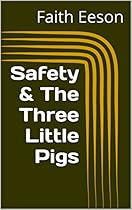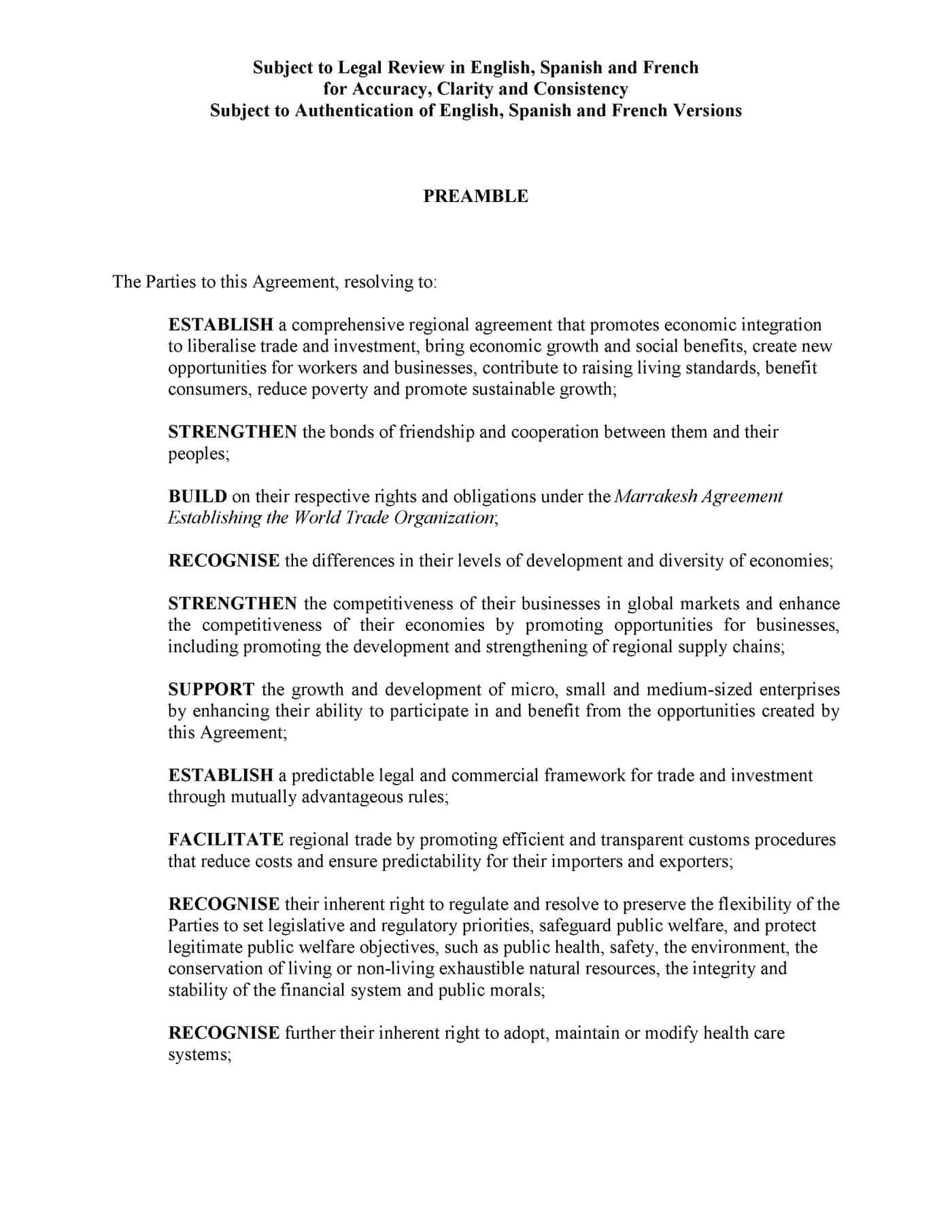 One of the benefits of the Internet is that people are able to distribute their thoughts in a variety of formats. (I am surely not the first to see some parallels with pamphleteering in the 1700s.) In November 2015, Australian safety professional Faith Eeson published Safety & The Three Little Pigs as an e-book.
One of the benefits of the Internet is that people are able to distribute their thoughts in a variety of formats. (I am surely not the first to see some parallels with pamphleteering in the 1700s.) In November 2015, Australian safety professional Faith Eeson published Safety & The Three Little Pigs as an e-book.
The book is not a manual or a deep analysis of a particular safety topic. It is a rumination on various safety-related issues with each chapter being no more than a couple of pages each. Eeson peppers the e-book with references to fresh contemporary incidents in Australia, such as the Lindt Cafe siege last year in Sydney or the community prevalence of methamphetamine. It may just the type of e-book that some small business owners made need for reassurance and guidance Continue reading “Safety and The Three Little Pigs – WTF?”

